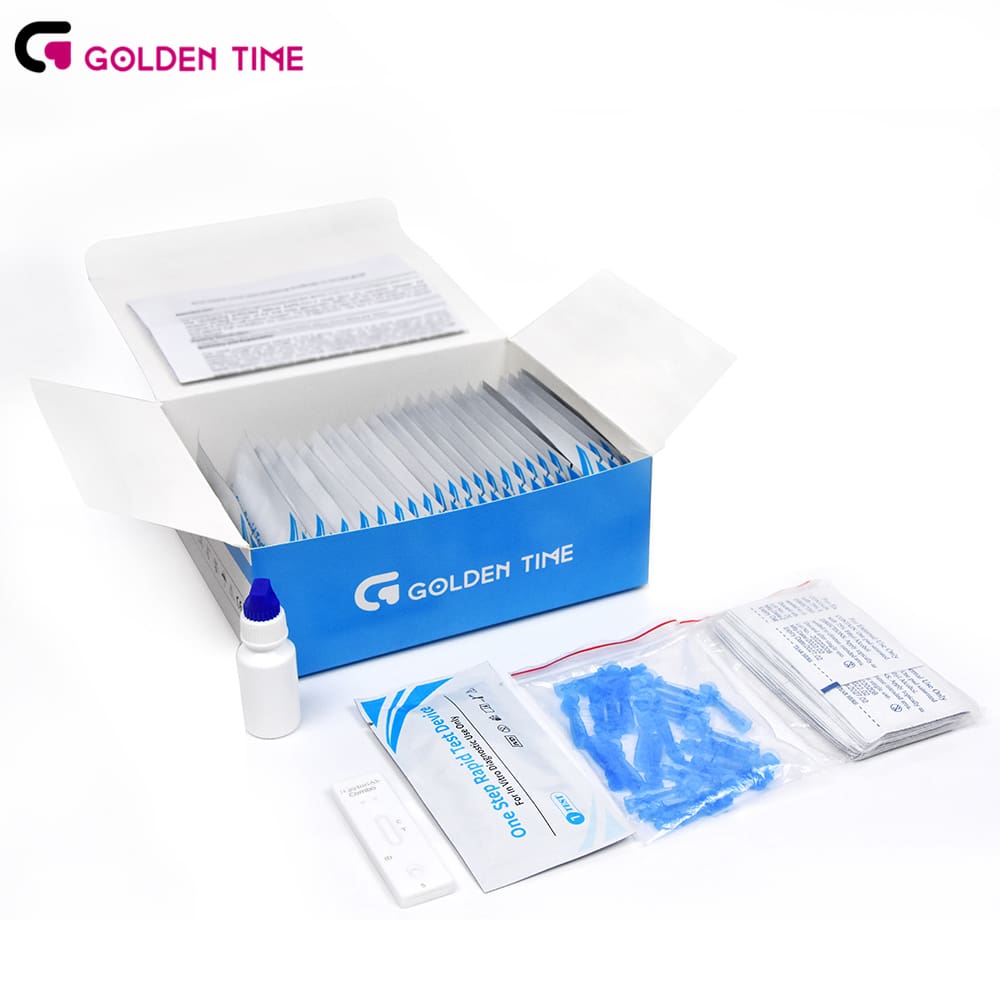Дек . 12, 2024 09:13 Back to list
panleukopenia
Understanding Panleukopenia A Critical Condition in Felids
Panleukopenia, often referred to as feline panleukopenia virus (FPV) infection, is a highly contagious and potentially fatal disease that primarily affects domestic cats and other members of the felid family. This viral infection poses a significant threat to feline health, especially in young kittens and unvaccinated adult cats.
What is Panleukopenia?
Panleukopenia is caused by the feline parvovirus, a small, non-enveloped virus that primarily targets rapidly dividing cells in the body, particularly in the bone marrow and intestines. The name “panleukopenia” derives from the condition's hallmark symptom a substantial reduction in the number of white blood cells (leukocytes) in the cat's bloodstream. This reduction leaves affected animals vulnerable to bacterial infections and other diseases.
Transmission
The virus is highly contagious and can spread through direct contact with infected cats or indirectly through contaminated environments. It can survive for extended periods outside a host, lingering in materials such as bedding, food bowls, and clothing. Cats can also shed the virus in their feces, urine, and respiratory secretions, making it crucial for cat owners to maintain strict sanitation practices in multi-cat households or shelter environments.
Symptoms
The incubation period for panleukopenia is typically 2 to 10 days, after which infected cats may exhibit a range of clinical signs
. Common symptoms include- Sudden onset of fever - Lethargy and depression - Loss of appetite - Vomiting - Diarrhea, often severe and bloody
These clinical signs may progress rapidly, and without appropriate interventions, many cats can succumb to the disease within a few days. Kittens, in particular, are at high risk due to their still-developing immune systems.
panleukopenia

Diagnosis
Veterinarians diagnose panleukopenia based on clinical signs, history of exposure, and laboratory tests. A complete blood count (CBC) will often reveal a marked decrease in white blood cell counts. Additionally, specific tests can detect the presence of the virus in the feces, providing a more definitive diagnosis.
Treatment and Management
There is no cure for panleukopenia; however, supportive care can significantly improve the chances of survival. Treatment often focuses on
- Fluid Therapy To prevent dehydration caused by vomiting and diarrhea. - Nutritional Support Ensuring the cat receives adequate nutrition, often through force-feeding or intravenous feeding if necessary. - Antibiotics To prevent or treat secondary bacterial infections resulting from immune system suppression.
Early intervention is crucial, and owners are encouraged to seek veterinary assistance immediately if they suspect their cat has been exposed to the virus or is showing symptoms.
Prevention
Vaccination is the most effective way to prevent panleukopenia. The vaccine is typically included in the core feline vaccination schedule and should be administered to kittens starting at around six to eight weeks of age, with booster shots given as needed. Additionally, maintaining a clean environment and practicing good hygiene can help mitigate the risk of transmission, especially in shelters and multi-cat households.
Conclusion
Panleukopenia remains a serious health concern for the feline population. Understanding the disease, its transmission, symptoms, and preventive measures is vital for cat owners and veterinary professionals alike. Through vaccination and vigilant care, the impacts of this devastating virus can be significantly reduced, ensuring a healthier future for our feline companions.
-
High Quality Cassette Lateral Flow for Accurate Testing Solutions
NewsJul.23,2025
-
Malaria PF / PAN AG Rapid Test – Accurate & Fast Malaria Diagnosis
NewsJul.22,2025
-
Accurate LH Ovulation Test Strips for Easy Fertility Tracking
NewsJul.21,2025
-
Rapid Influenza A/B Antigen Test Kit | Fast & Accurate Diagnostic Solution
NewsJul.20,2025
-
Dengue NS1 Rapid Diagnostic Test Kit
NewsMar.07,2025
-
Dengue NS1 Rapid Diagnostic Test Kit
NewsMar.07,2025

